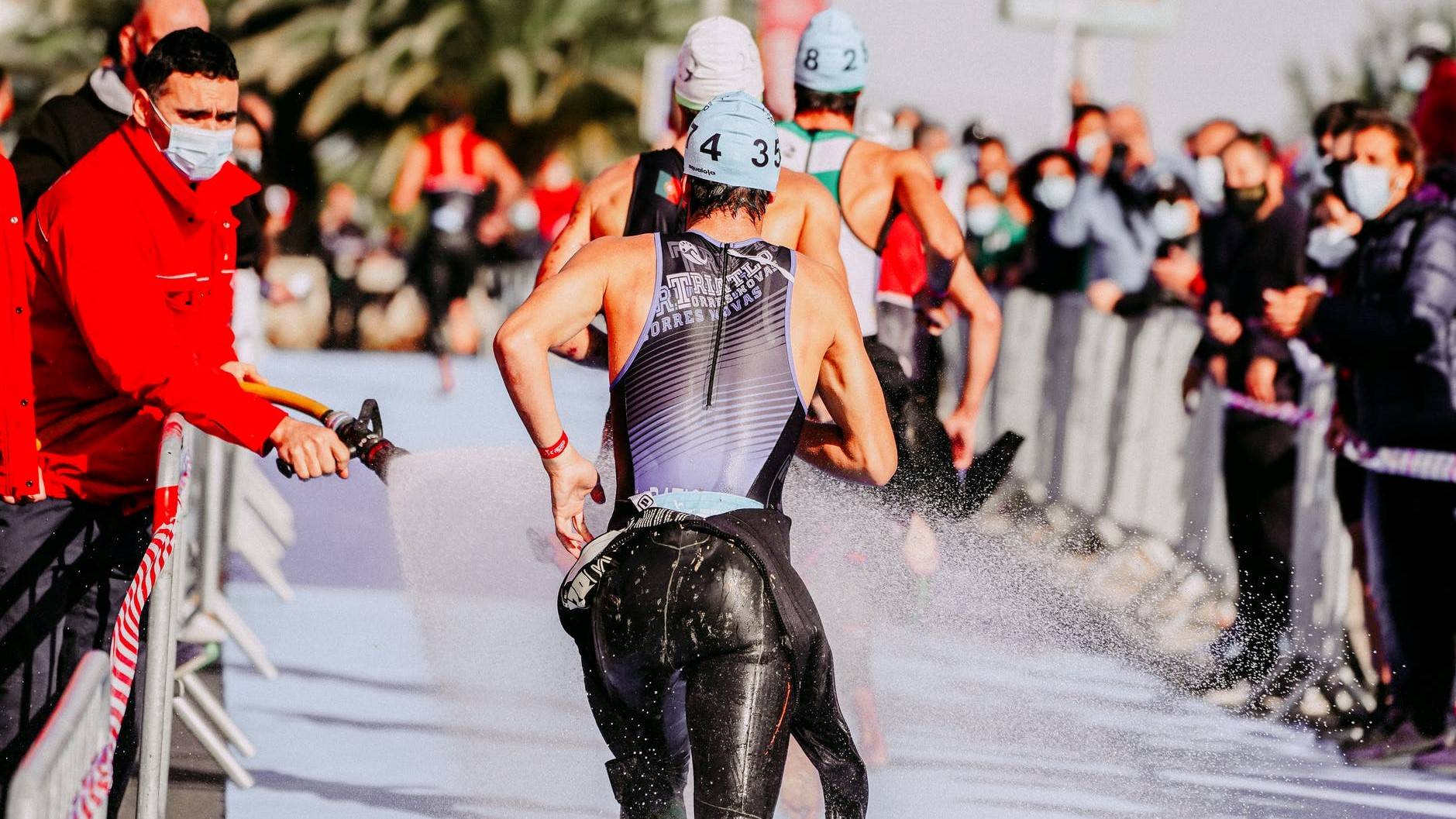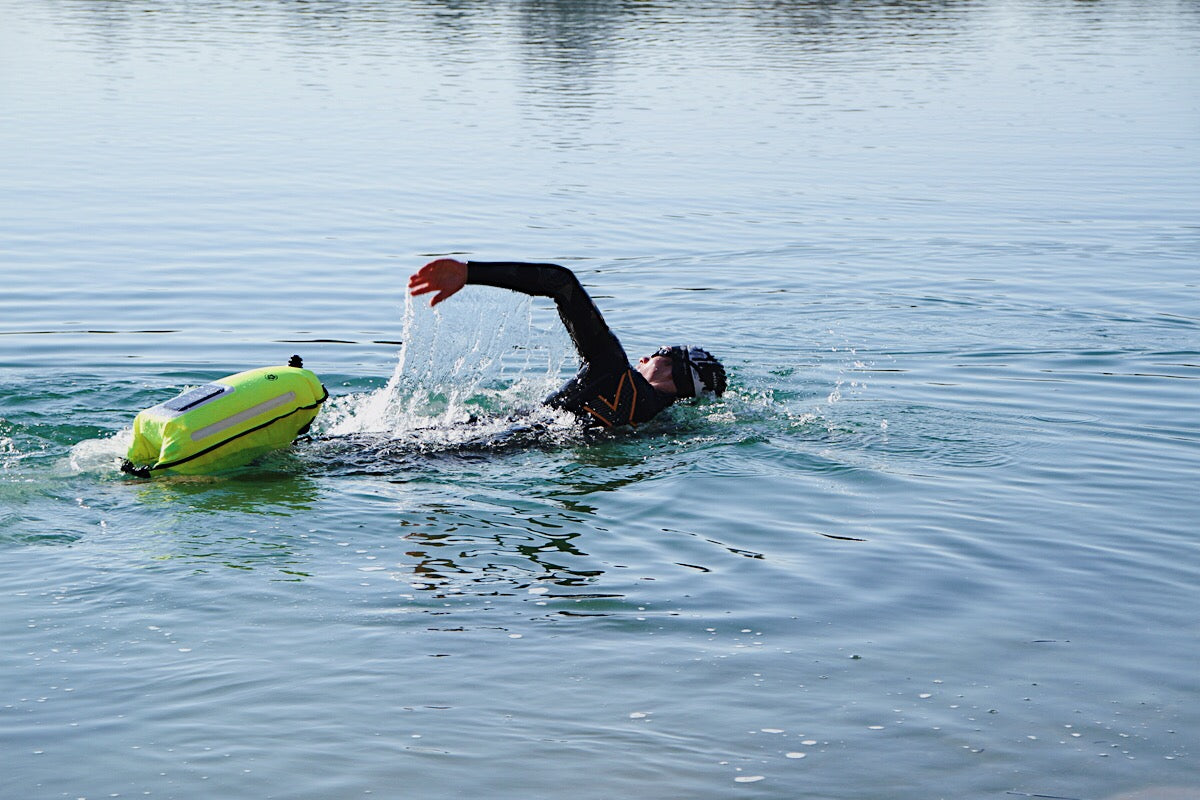How well an athlete can transition from one discipline to the next is a performance-defining skill in triathlon. This ability can be trained with a coupling training, a training unit that is otherwise hardly carried out in any other sport.
In contrast to change training, in which the process of changing is trained, the coupling training aims at the muscular, nervous and energetic conversion ability.
The paddock training can be trained for the transition from swimming to cycling and from cycling to running. However, since swimming has relatively little influence on the subsequent discipline due to other muscular demands, the transition from swimming to cycling does not play a major role in couple training. The transition between cycling and running is much more important.
Why running isn't just running after cycling
Due to the preload from cycling, running in triathlon takes place under special conditions. On the one hand, there is already a certain degree of fatigue in the muscles at the beginning and the energy stores are empty. On the other hand, the neuromuscular movement coordination in cycling and running is very different. The control of the muscles must therefore be changed as quickly as possible at the beginning of the run.
The goal of couple training is to make the transition from cycling to running as quickly and efficiently as possible. The neuromuscular requirements for higher speeds when running are developed and a running style that is as economical as possible under fatigue is trained. In combination with change training, the change process can also be optimized.
Also coupling is not the same as coupling
Like other training, the coupling training can also be divided into different intensity ranges. Coupling training 1 (KT1) can be assigned to GA1 training, coupling training 2 (KT2) to GA2 training and coupling training 3 (KT3) to competition-specific training. In the course of a training year, the coupling training can be completed from non-specific coupling training in intensity range 1 to semi-specific coupling training in intensity ranges 1 and 2 to specific coupling training in intensity ranges 2 and 3 (see graphic).
The different intensity ranges can also be varied within a coupled training unit, for example to simulate a certain preload. For example, a session could consist of a long wheel session in the GA1 area followed by a short run in the GA2 area. Due to the large number of design options, the strengths and weaknesses of an athlete can be taken into account very well.
Example Units:
|
category |
intensity |
sports |
Example |
Notice |
|
unspecific |
KT1 |
Ski LL, MTB |
10km Ski-LL GA1 + 25km MTB GA1 |
30min easy extension |
|
semispecific |
KT1/2 |
MTB, run |
50km MTB GA1 + 5km run GA2 |
15min run out |
|
semispecific |
KT2/2/1 |
Run, bike, run |
5km run GA2 + 10km bike GA2 + 5km run GA1 |
warm up |
|
Specific |
KT2 |
wheel, run |
2x (10km bike GA2 + 5km run GA2) |
Break 30min easy cycling |
|
Specific |
KT2/3 |
wheel, run |
3-4x (5km bike GA2 + 1km run WSA) |
Break 5min easy running or cycling |
|
Specific |
KT1/3 |
wheel, run |
80km bike GA1 + 2km run WSA |
15min run out |
The must-haves for every triathlete
This accessory makes the life of every triathlete much easier!




















